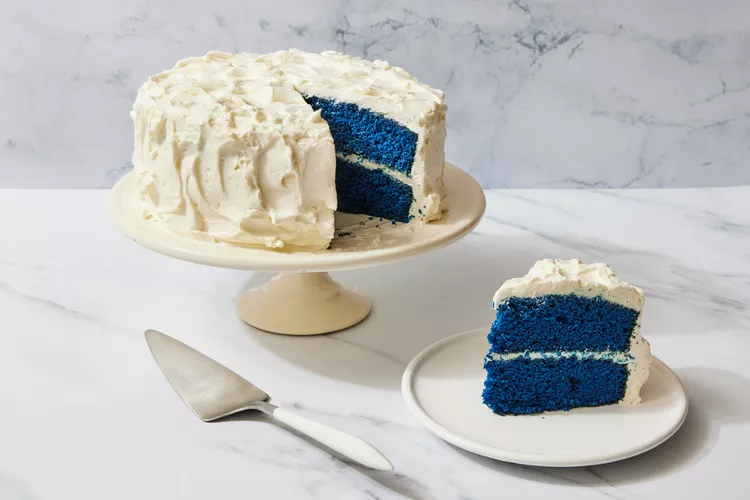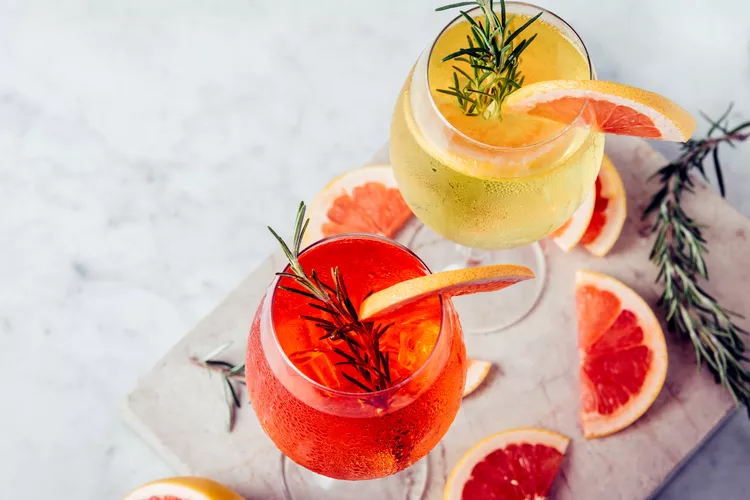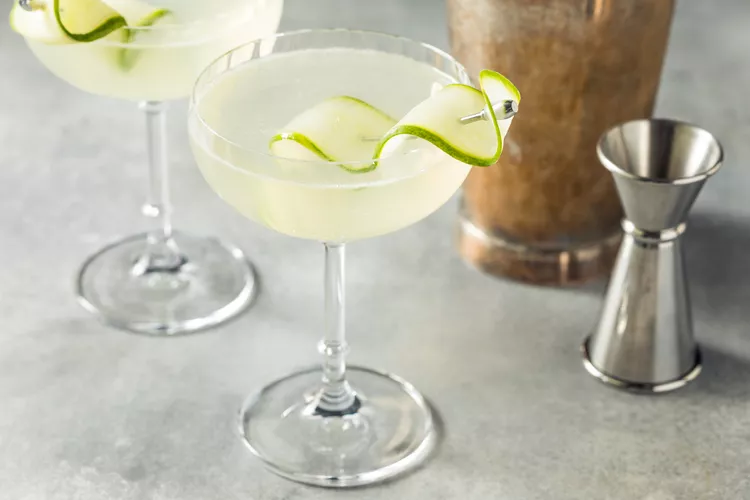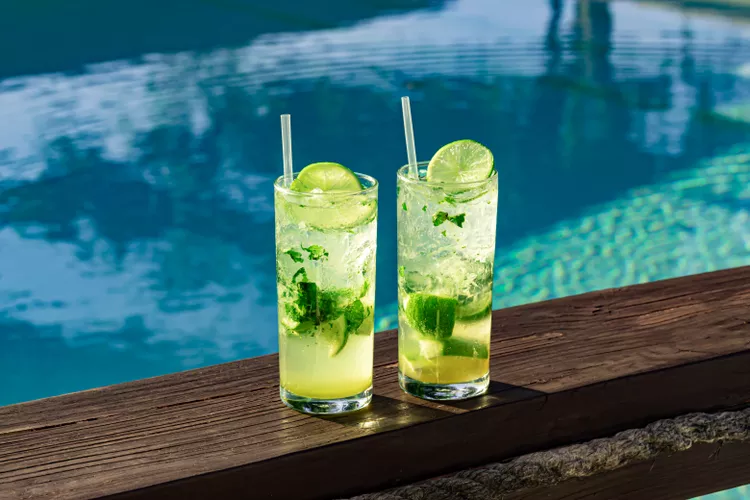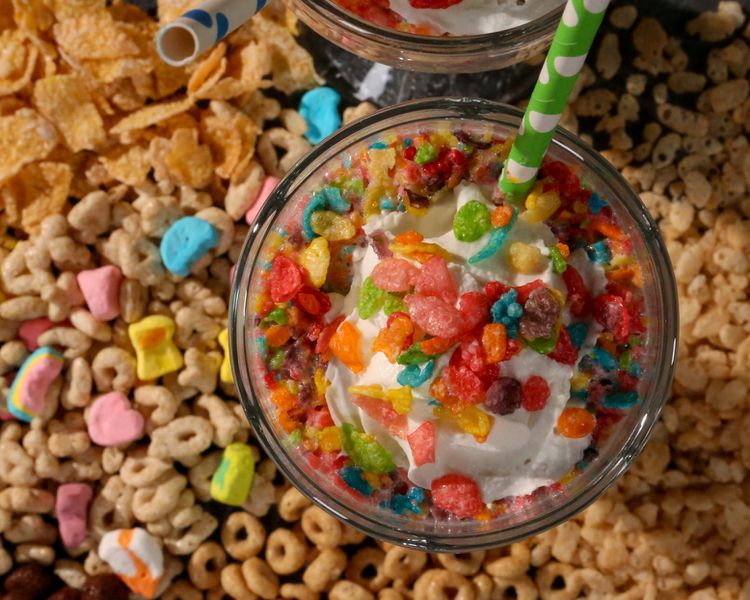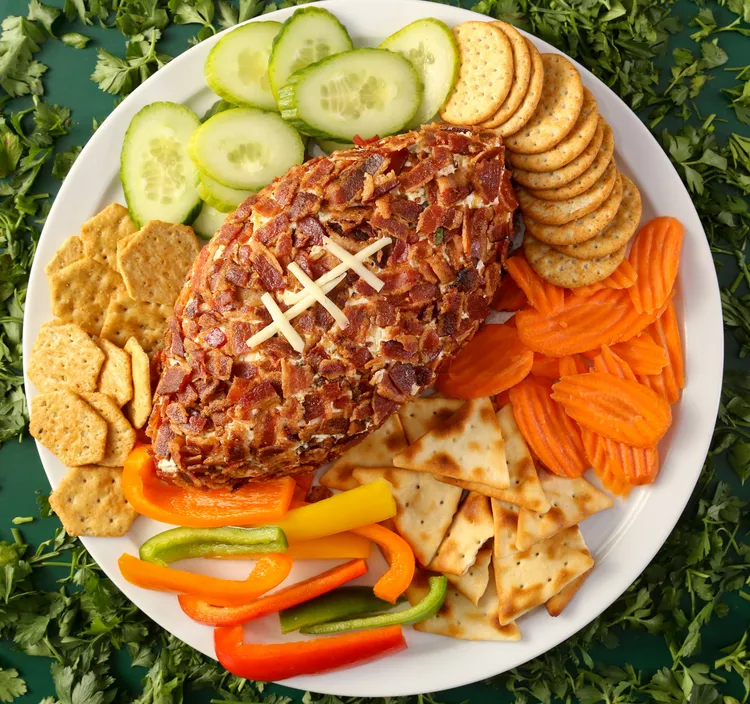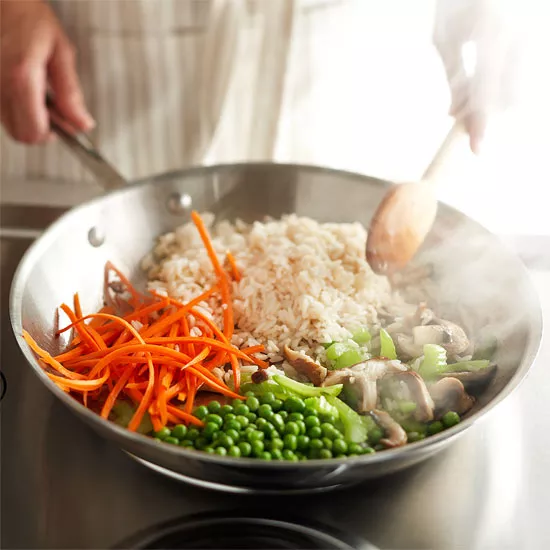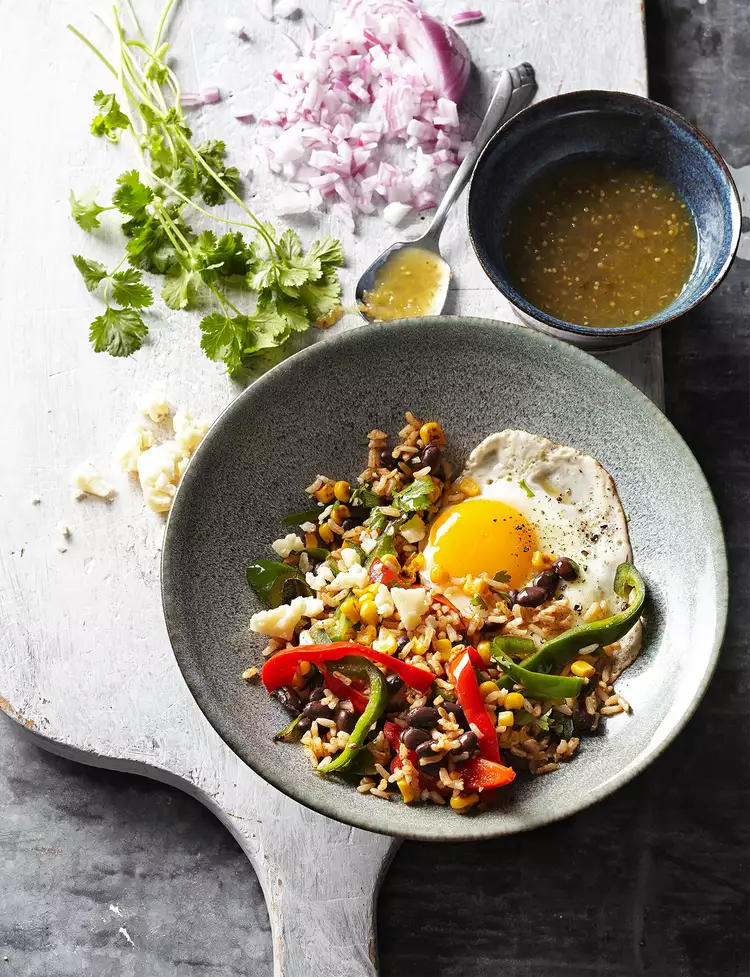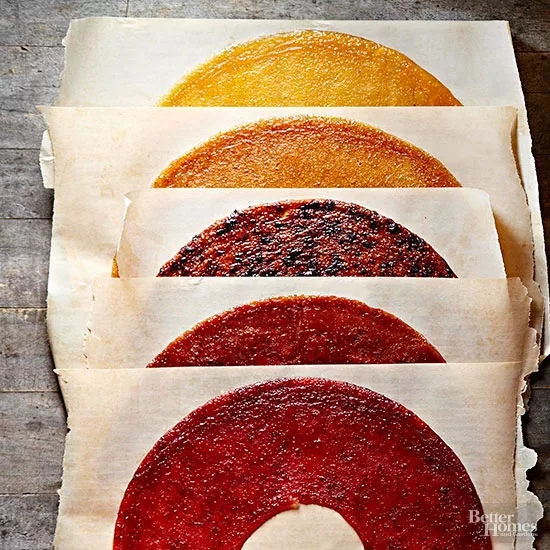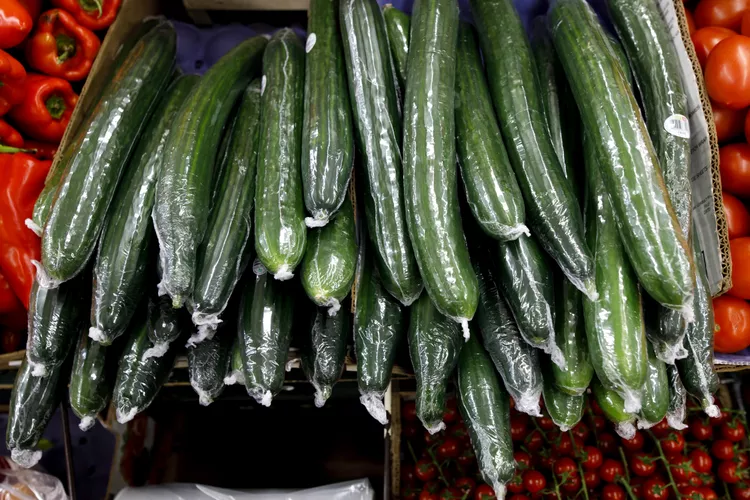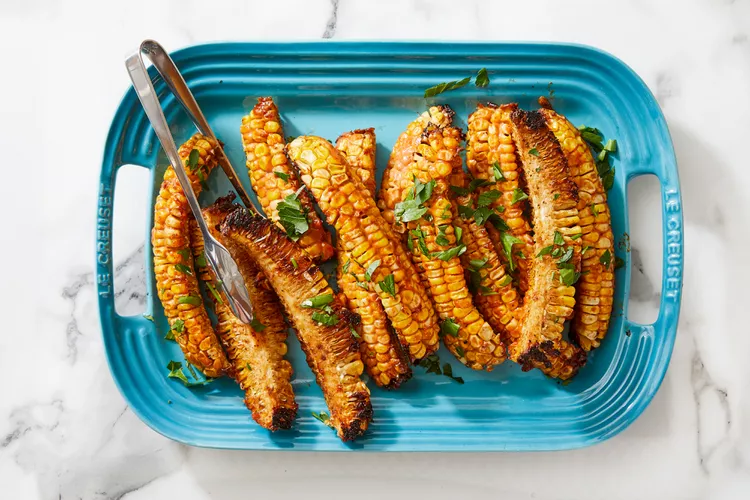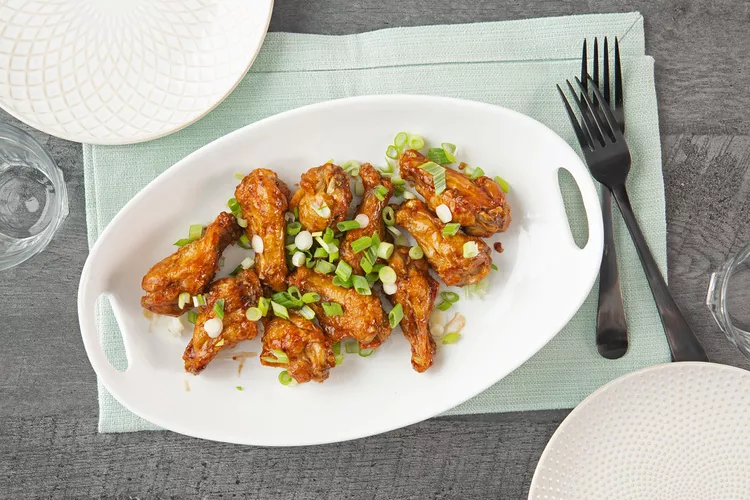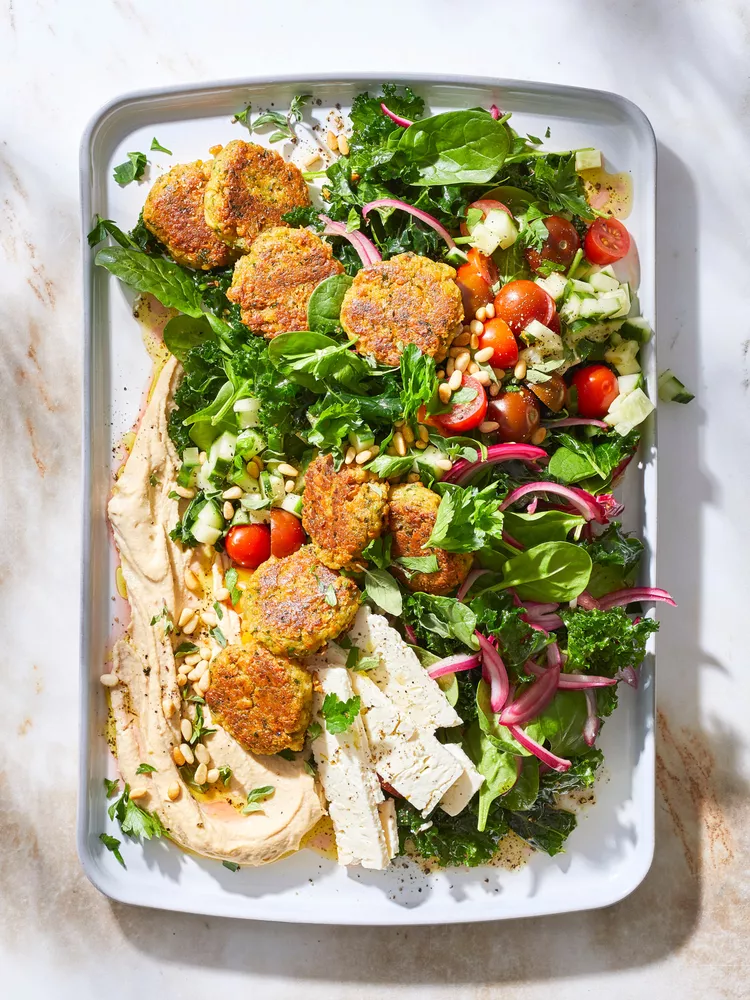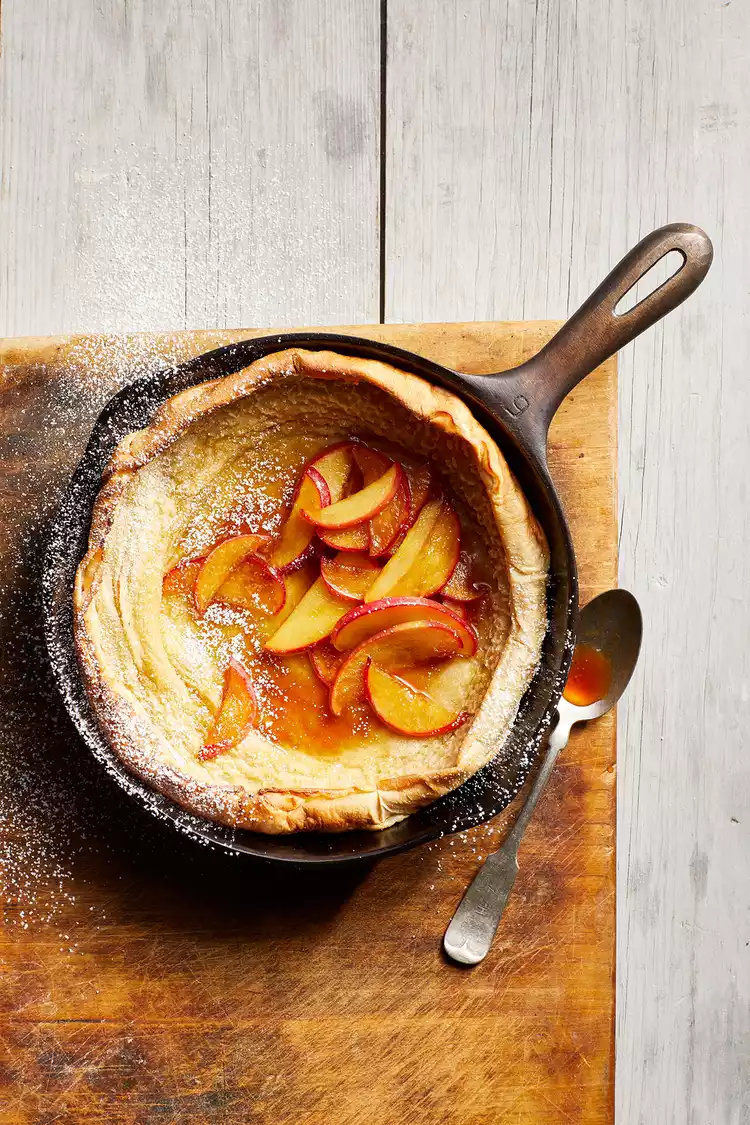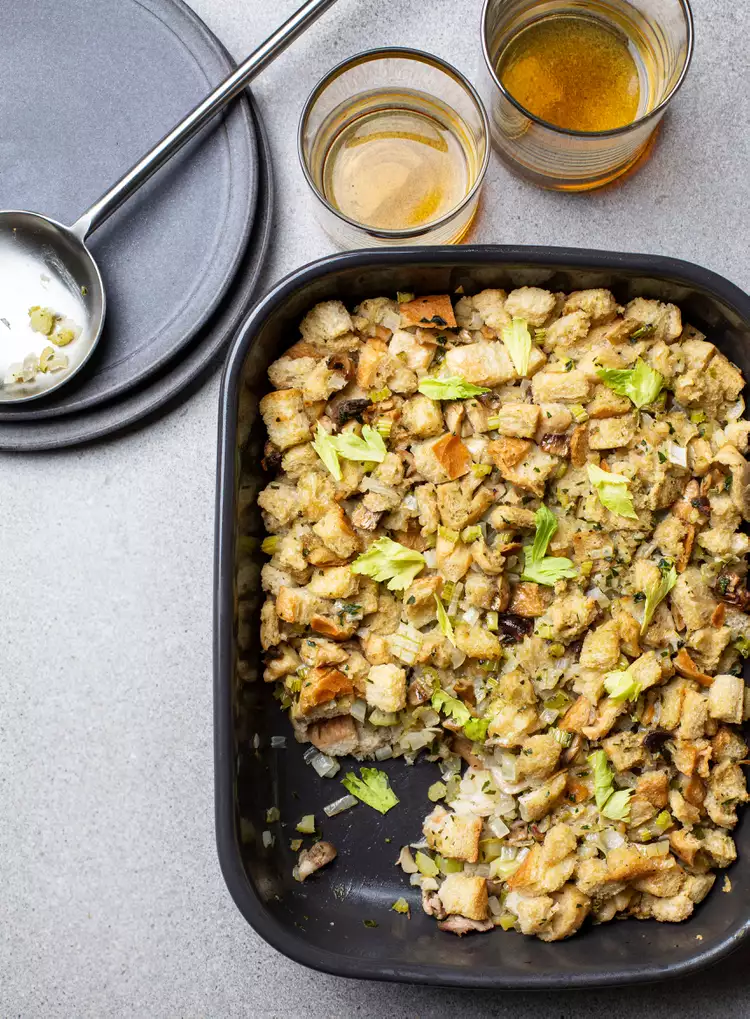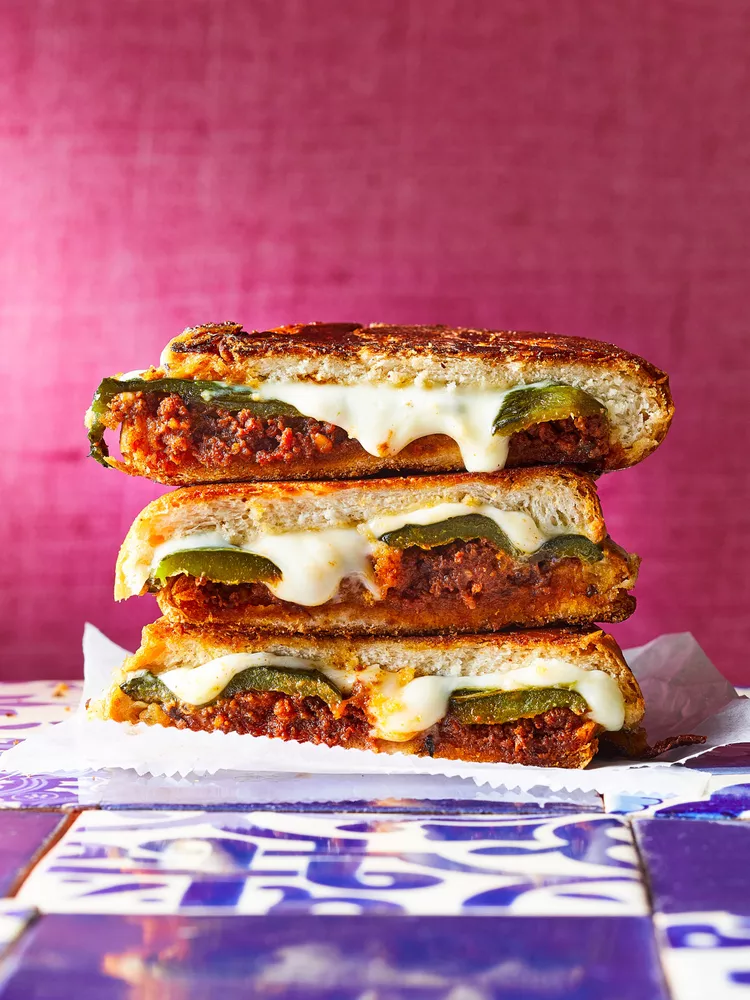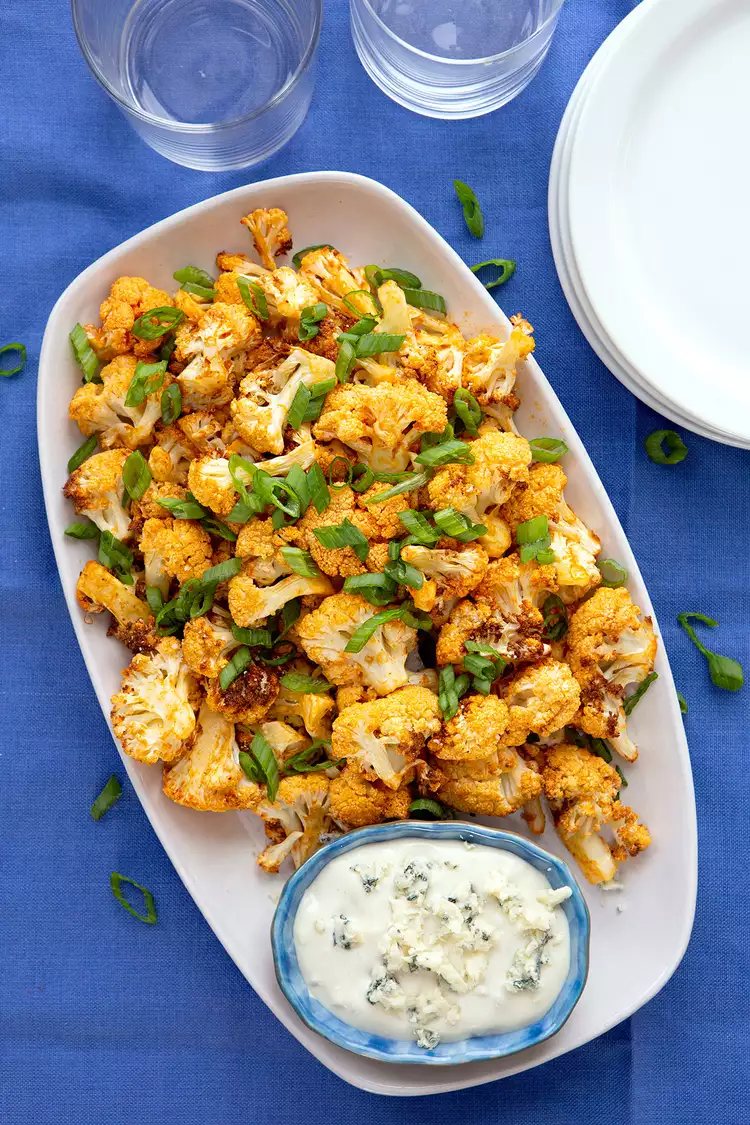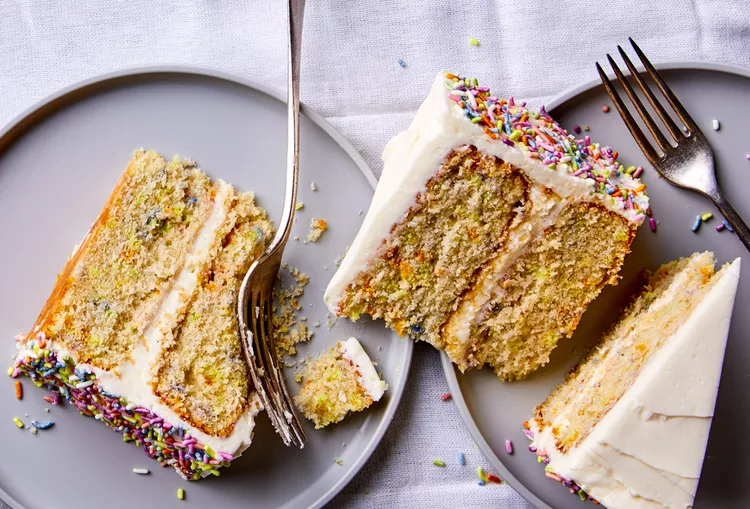Cocktail trends come and go, but there are a couple classics you’re pretty much guaranteed to see on every menu at venues that serve mixed drinks in 2024: A martini (espresso, anyone?) and a spritz.
Citrusy, aromatic, and bittersweet Aperol is the most common rendition—but that’s far from your only option. As we mentioned when we crowned the Hugo Spritz the drink of summer last year, the standard spritz formula follows a 3-2-1 format: So for a traditional Aperol Spritz, you combine 3 parts Prosecco, 2 parts Aperol, and 1 part club soda or seltzer water.
If you keep that 3-2-1 formula in mind—and remember that there are no set rules when it comes to spritzing—you’ll realize that there’s plenty of room to play around. (The floral and lime-spiked Hugo showcases this beautifully.)
And now is the time to do so, as we're in the midst of spritz season. If you've found yourself getting a bit tired of that classic Aperol combo, we’re here to pour out some inspiration to help you give it a remix.
When you’re ready for a break, substitute it with one of the mixologist-approved options below—all you have to do is swap out the Aperol for the designated ingredient. After sharing 13 Aperol alternatives, we’ll also reveal other ways to customize your spritz with other ingredients besides Prosecco, sparkling water, and orange slices.
13 of the Best Aperol Substitutes
According to Mariel Burns, beverage consultant at Adrienne’s in Queens, New York, as long as you keep that easy formula in mind and enjoy the flavor of the finished product, “no combination is wrong! Have fun and play around with your cocktails.” She recommends doctoring up a single spritz with a half-and-half mix of two aperitivos that have complementary flavors (think: Limoncello and Chambord or Campari and Vermouth Bianco).
Bergamot Liqueur
Once declared “The Drink of Kings” by the Royal Court of Italy, this liqueur features bergamot (a fragrant citrus native to Italy) and a variety of botanicals that team up to “offer a blend of sweet and tart flavors, combining sour orange and lemon for a unique, refreshing finish,” says Brian Clark, bar manager at Madrina in St. Louis, Missouri. This liqueur has a citrusy and floral scent, with faint lavender and rose notes, but it tastes slightly sweet with just a touch of bitterness.
Campari
If Aperol is a bit too sweet for your palate, you may prefer its bit-more-bitter cousin. In Campari, fruity elements like cherry, rhubarb, and orange join the essence of warm baking spices to balance out the bite.
“It has a bolder and longer-lasting aftertaste, as well as a higher alcohol content than Aperol,” says Brady Grosse, food and beverage director at Angad Arts Hotel in St. Louis, Missouri. “This is great paired with a splash of sweet vermouth,” he adds. (It’s also incredible in a Bicicletta.)
Cappelletti
Both Aperol and Campari involve infusing a spirit with botanicals. Cappelletti, conversely, starts with wine. That red wine is infused with roots, herbs, citrus, and flowers. The finished product is often slightly more bitter than Campari, and it’s bright, punchy, and noticeably orange-forward.
Cynar
Stick with us here: Yes, it’s made with artichokes. No, it doesn’t taste like spinach dip! Cynar is earthy, bittersweet, and complex-tasting thanks to the 13 different herbs and plants that are part of the base recipe. You’ll probably notice a faint vegetal note from that artichoke, as well as some baking flavors, like caramel and toffee. (Channel your inner Venetian and try a Cynar Spritz in fall or winter!)
Chambord
If you’re decisively on Team Sweet, Burns believes that Chambord is your perfect match. Fresh black raspberries and black currants swim in a spirit base, and after about six weeks, the natural sugars and juice is bottled and blended with fruit extracts, herbs, vanilla, and cognac (a type of nutty, warm, and sweet French brandy). The result: A thick, raspberry-forward liqueur with vanilla and honey acting as back-up singers.
Cocchi Americano
This bittersweet fortified wine is “extremely refreshing,” according to Marie Artale, owner of Patron Saint Cafe + Bar, Cleveland, Ohio. “It's our team's favorite Aperol alternative.”
With grapefruit instead of orange, a bounty of herbal and floral flavors, along with a dose of juniper, coriander, and rose, “it will win over those who aren't a fan of the traditional Aperol Spritz,” Artale says.
Contratto Aperitivo
Think of this as similar to a shopping site or streaming services’ “you might also like” recommendation for big fans of Aperol.
“It has a similar profile but a fresher and brighter orange flavor,” Artale explains, plus some white stone fruit notes. “It will definitely be a hit for die-hard Aperol fans, as well as those looking for something new.”
To bring Contratto Aperitivo to market, producers infuse a grape-based spirit with the extract of 28 different roots, seeds, herbs, and spices like rhubarb, ginger, bitter orange, and cloves, strain that mixture, then sweeten it with a touch of beet sugar.
Ghia Non-Alcoholic Apéritif
If you don’t imbibe—on this occasion or ever—you can certainly still get in on the spritz-ing. Opt for one of the sparkling teas or spirit-free wines, crack open a can of club soda, and grab some Ghia. The latter is a non-alcoholic apéritif that tastes very reminiscent of Aperol and Campari, thanks to its bright and bittersweet palate with a savory finish.
Lillet Blanc
Wine made from white Bordeaux grapes (often, sémillon and sauvignon blanc) and brandy act as the foundation for this aromatic and floral aperitif. After a soak with citrus liqueurs, those spirits are aged in oak for a year, then bottled. Inside, you’ll notice orange, floral, honey, passionfruit, and herbal flavors.
Limoncello
Bright, refreshing, sweet, and incredible with a garnish of fresh basil or mint, Burns is a big fan of this Italian liqueur that tastes and smells like what you might guess from the name: lemons. While you can buy it at most liquor stores and online, it’s easy to make Limoncello if you have a bottle of vodka, 10 lemons, some sugar, water, and 10 days. (Once you have a batch, you can use it in spritzes, sangria, or these fan-favorite Limoncello Cheesecake Bars.)
Select
Falling between Aperol and Campari on the bitterness scale, this ruby-hued amaro tastes like rhubarb, vanilla, and juniper. Select is popular in Venice but is more under-the-radar at the moment, so if you add it to your bar cart now, you’ll be ahead of the curve.
St. Germain
It’s time for the star of the Hugo Spritz to step into its well-deserved spotlight!
“St. Germain, a French elderflower liqueur, is also one of the most popular spirits in the bartender arsenal,” Grosse says. “It adds a delicate sweetness to the sparkling wine."
He also notes that pear, peach, and honeysuckle flavors also dance in the background. (We adore St. Germain in Hugos and this Rosé Cucumber Cooler and have been known to mix a splash and a handful of frozen fruit with a bottle of so-so wine to transform it into a stellar sangria.)
Vermouth Bianco
Each brand uses its own custom blend of about 50 different botanicals and extracts, in tandem with white wine, water and sugar—so flavors and aromas vary. But expect Vermouth Bianco to range from quietly floral to citrusy and herbaceous to warmly spiced. The most common conclusion is an aperitivo that has “a beautifully floral profile with a light, sweet conclusion,” Clark says.
The Best Prosecco Substitutes
Clark believes that Prosecco works particularly well in spritz cocktail recipes because it yields large, frothy, yet still-light bubbles that add lovely fizz to cocktails. Prosecco also generally has a light, citrusy, and pleasantly-acidic flavor that doesn’t conflict with the core spirit. But perhaps you’re in the mood for something with a bit more flavor—or a bit less alcohol? If that’s the case, here are some mixologist-recommended Prosecco subs:
- Another sparkling wine, like Champagne, Cava, or a dry, sparkling rosé
- A still wine: white, orange, or rosé are ideal
- Non-alcoholic sparkling wine
- Spiked seltzer
- Sparkling apple cider
The Best Club Soda Substitutes
Plain club soda or sparkling water allows the flavor of the Aperol alternative to shine. That being said, options abound for the alcohol-free element to help stretch—and add delightful fizz—to make your cocktail even more spritz-y.
The only guideline here is to “stay away from any mixers that have too much of their own sweetness, which could throw off the balance of your spritz,” Artale says. Unless a sweeter spritz is what you’re going for—then feel free to stick with your soda. Otherwise, consider:
- Tonic (plain, elderflower, lemon, or lime-yuzu Fever Tree all get the stamp of approval from our expert panel)
- Flavored sparkling water (try grapefruit, lemon, lime, or orange Spindrift)
- Ginger beer
Creative Spritz Garnishes to Try
An orange slice is the go-to garnish for an Aperol Spritz. Depending on which ingredients you selected to star in your spritz, you might want to mix things up with another embellishment such as:
- Edible flowers or flower petals; dahlia, dianthus, rose, and viola petals all look beautiful
- Fresh herbs, such as mint or basil
- Fresh berries
- Fresh pineapple
- Cucumber slices or ribbons
- Dehydrated or candied citrus peels (which you can DIY or buy online)
- Olives

